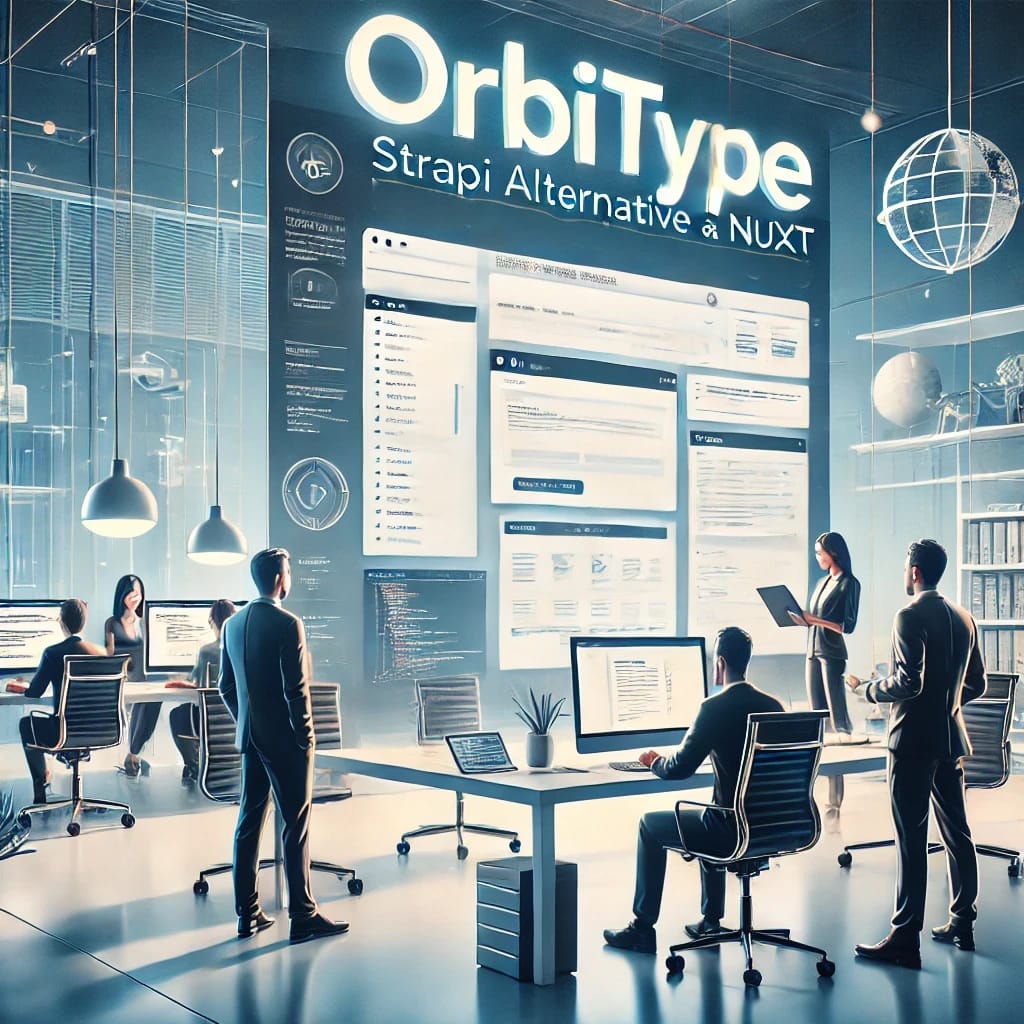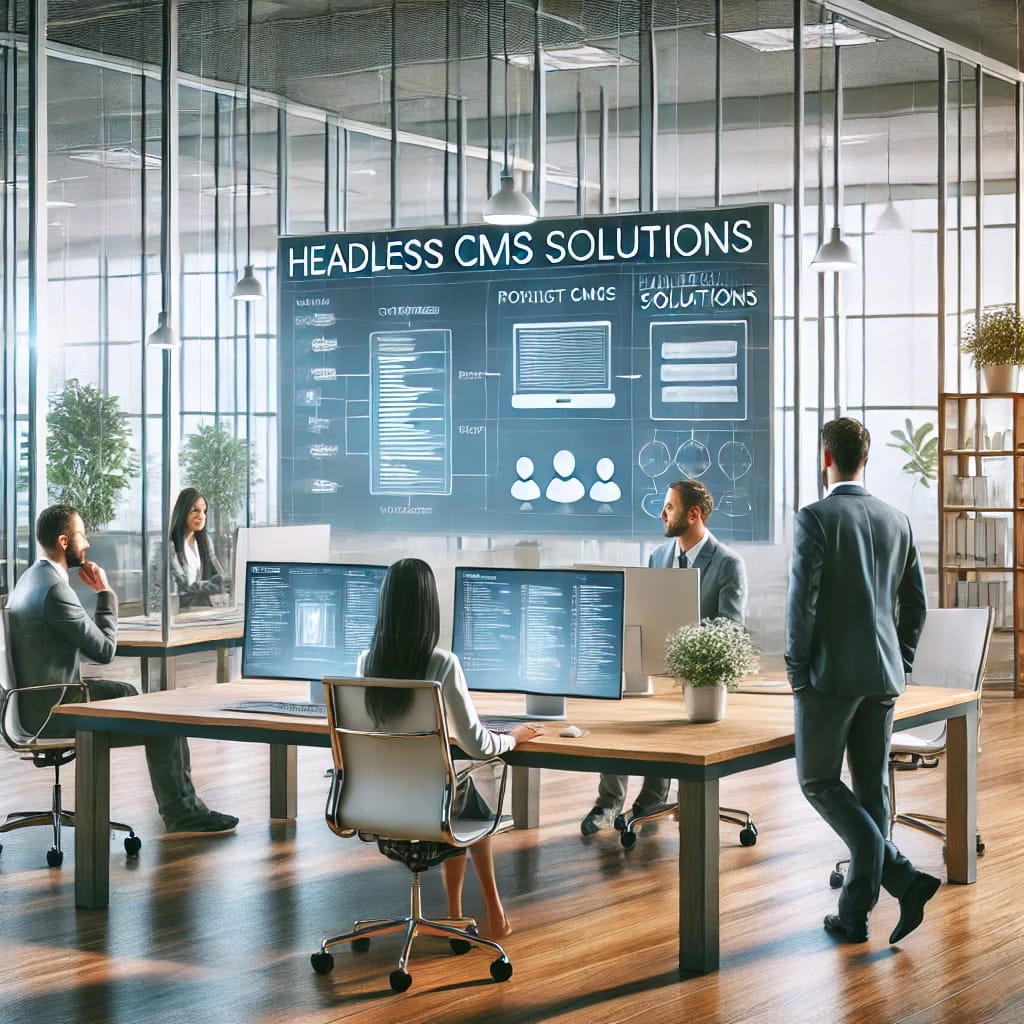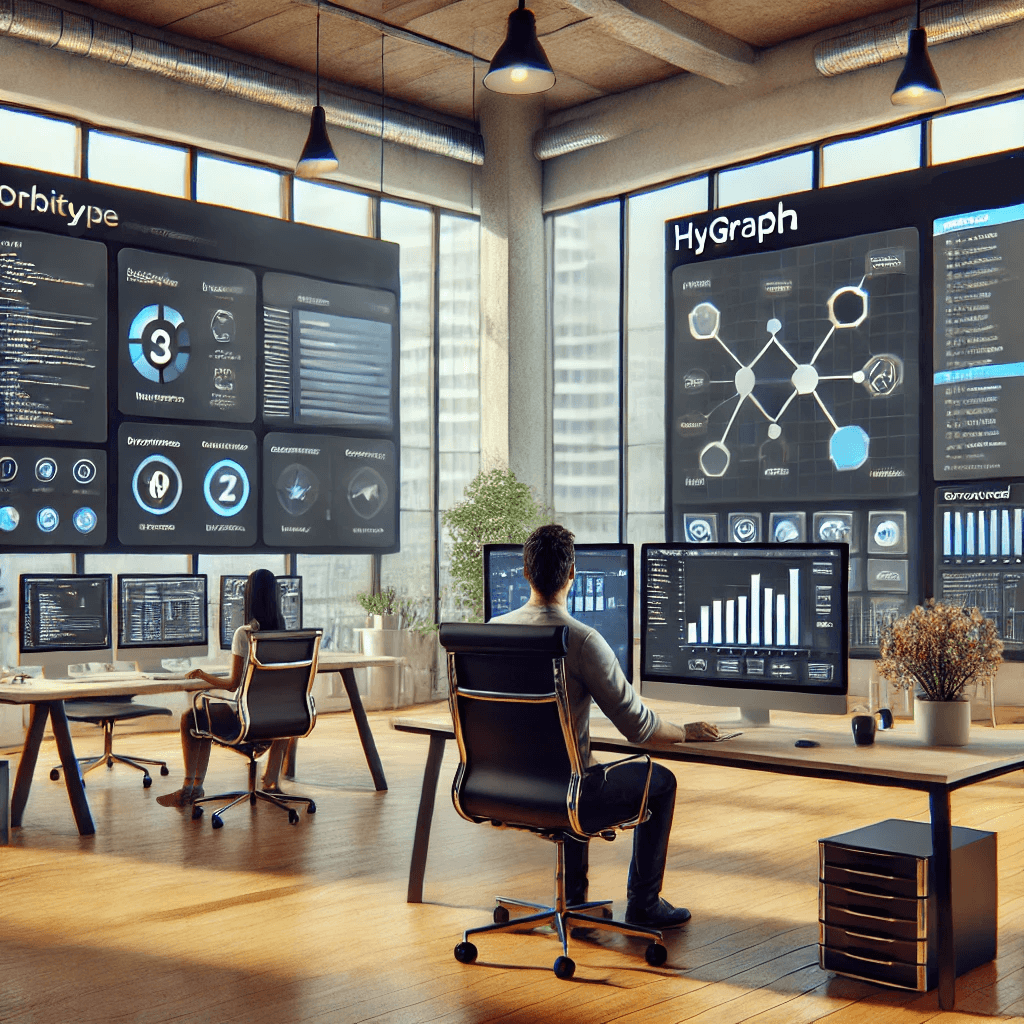
Table of Contents
Introduction
With so many options available, finding the right content management system (CMS) can feel overwhelming, especially when every platform promises to enhance your digital experience— to be the ultimate solution. Choosing the right headless CMS can feel like picking the perfect tool from a crowded toolbox lately. Among the standout options, Orbitype and Hygraph often emerge as top contenders. But which one truly aligns with your needs?
Whether you’re a developer looking for flexibility or a business owner needing a scalable solution, finding the CMS that fits your workflow and goals is crucial. This comparison will explore how Orbitype and Hygraph differ, what they offer, and which one might be the perfect match for your next project.
Overview of Orbitype and Hygraph
What is Orbitype?
Orbitype is a headless CMS designed with a focus on unifying data, tools, and workflows. It offers developers a customizable API that adapts seamlessly to various projects, whether it’s for e-commerce, marketing, or tech startups. Its intuitive dashboard, automatic graphical dashboards, and integration-friendly nature make it a favorite among those seeking efficiency without compromising flexibility.
What is Hygraph?
Formerly known as GraphCMS, Hygraph specializes in leveraging the power of GraphQL to deliver content at scale. Its robust infrastructure is built for developers who need to create and distribute content efficiently across multiple platforms. Hygraph is particularly well-suited for enterprises looking for powerful API-driven capabilities and a strong focus on content localization and delivery.
Feature Comparison
Data Management
One of Orbitype’s strongest features is its content management capabilities, enabling businesses to unify and manage diverse data sources seamlessly. It allows the integration of various files, tools, and systems into a single cohesive platform. This approach not only simplifies workflows but also reduces the risk of fragmentation—a common issue in many CMS environments. For example, Orbitype integrates effortlessly with external storage solutions like Wasabi Cloud Storage to enhance data scalability and security. Learn more in our guide on Seamless Data Management: Integrating Wasabi Cloud Storage with Orbitype.
In contrast, Hygraph offers robust content management solutions focused on structured data. Its schema-building tools allow developers to define content structures with precision, making it ideal for applications where data relationships are complex. However, this focus on structured content can sometimes feel restrictive for businesses seeking more flexible solutions.
API and Integration
Orbitype sets itself apart with its auto-adapting API, designed to integrate effortlessly with existing tools and platforms. Whether you’re working with a custom-built application or widely used third-party software, Orbitype ensures compatibility and smooth data flow. This flexibility makes it a versatile choice for businesses with evolving tech stacks.
Hygraph, on the other hand, is renowned for its GraphQL-first approach. Developers who are already familiar with GraphQL will appreciate the power and precision it offers. The platform provides detailed query capabilities, enabling developers to fetch only the data they need, which is a significant advantage for performance optimization. However, for teams less experienced with GraphQL, there may be a steeper learning curve.
Flexibility and Customization
When it comes to flexibility, Orbitype shines by allowing businesses and content creators to adapt the platform to their specific needs. Its modular design supports customization at every level, making it suitable for industries ranging from retail to SaaS development. Additionally, its adaptability means that as your business scales, Orbitype can scale with it.
Hygraph also offers customization options, particularly in how content is modeled and delivered. However, its emphasis on a GraphQL-first philosophy may limit flexibility for teams that rely on more traditional approaches or need to integrate with non-GraphQL systems.
Ease of Use
Orbitype prioritizes simplicity without sacrificing power. Its user-friendly dashboard ensures that both technical and non-technical users can navigate and manage content efficiently. The onboarding process is straightforward, making it easier for new teams to get started and quickly see results.
In comparison, Hygraph offers a well-designed interface but leans heavily on its developer-friendly features. While this is a significant advantage for technical teams, non-technical stakeholders may find it less intuitive, requiring additional training or support.
Performance and Scalability
Orbitype is optimized for performance, ensuring that content delivery remains fast and reliable, even as demands increase. Its lightweight architecture and smart caching mechanisms minimize latency, making it an excellent choice for high-traffic websites and applications.
Hygraph, with its enterprise-grade infrastructure, is built to handle large-scale projects with ease. Its global content delivery network (CDN) ensures that content is served quickly to users worldwide. However, the platform’s focus on enterprise use cases might be overkill for smaller businesses or startups.
Use Cases
Orbitype in Action
Orbitype’s flexibility and adaptability make it a go-to solution for businesses across various industries. For example:
Marketing Agencies: Orbitype simplifies campaign management and supports a cohesive digital content strategy by unifying data sources and providing real-time dashboards for tracking progress.
E-commerce: With its seamless integration capabilities, Orbitype allows online retailers to manage products, orders, and customer data effortlessly.
Tech Startups: Startups benefit from Orbitype’s customizable API, which adapts to their unique development stacks and workflows.
Hygraph in Action
Hygraph is particularly well-suited for enterprise-level projects and developers who prioritize structured content. Some examples include:
Content-Heavy Websites: Its strong content modeling capabilities make Hygraph a top choice for news platforms and large-scale blogs.
Localization Projects: Enterprises with global audiences rely on Hygraph’s localization features to deliver personalized content across regions.
GraphQL-Driven Applications: Developers who heavily use GraphQL in their workflows find Hygraph’s tools indispensable for creating and managing API-driven content.
Conclusion
Choosing between Orbitype and Hygraph depends on your specific needs and technical expertise. Orbitype stands out for its versatility, ease of use, and ability to unify diverse workflows, making it ideal for businesses seeking a user-friendly yet powerful CMS. On the other hand, Hygraph excels in delivering robust, API-driven solutions for enterprises and developers with a strong focus on GraphQL.
Ultimately, the best CMS is the one that aligns with your project’s goals, resources, and team capabilities. Whether you prioritize adaptability, advanced API features, or developer-centric tools, both Orbitype and Hygraph offer unique advantages that cater to a wide range of use cases.
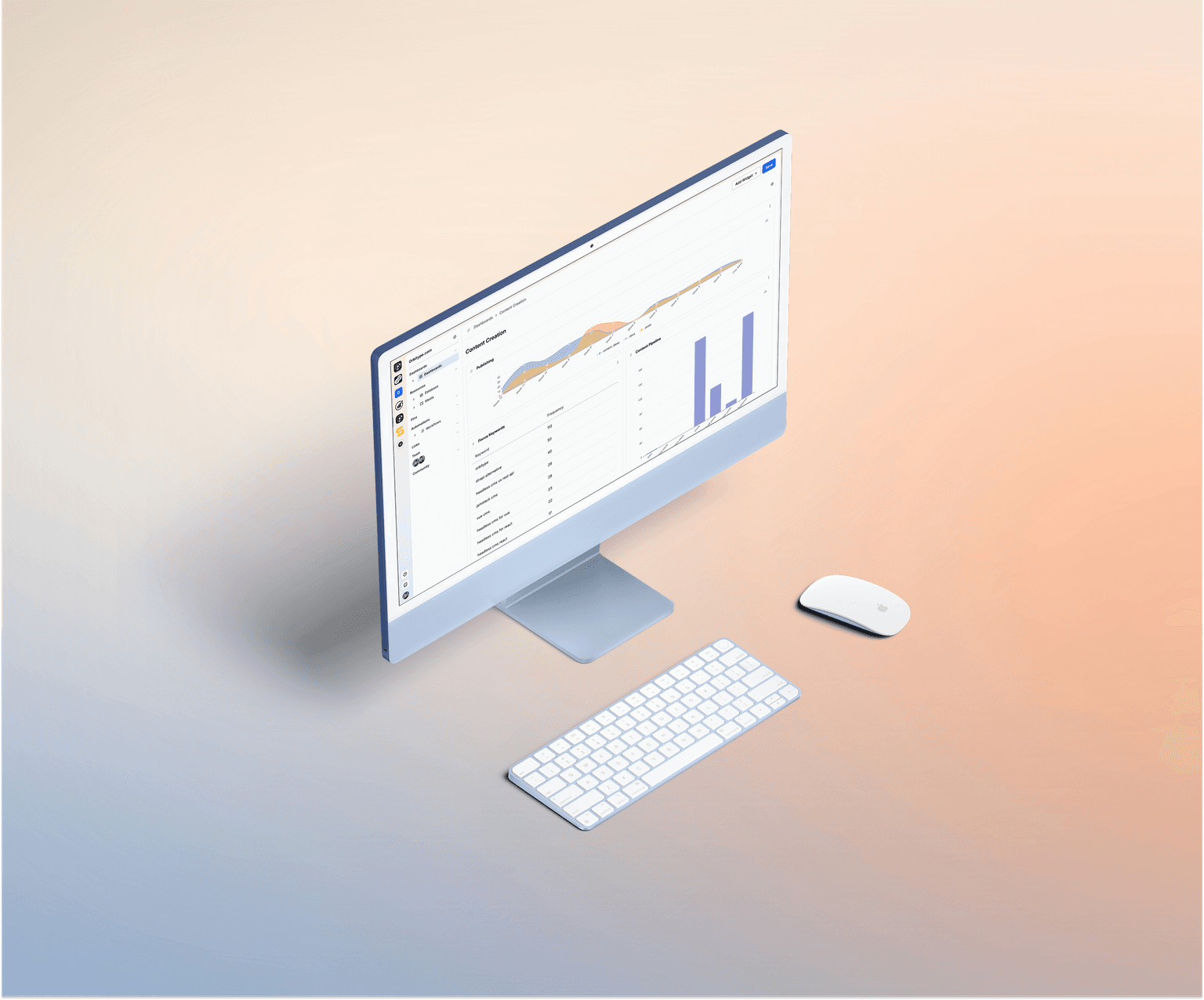
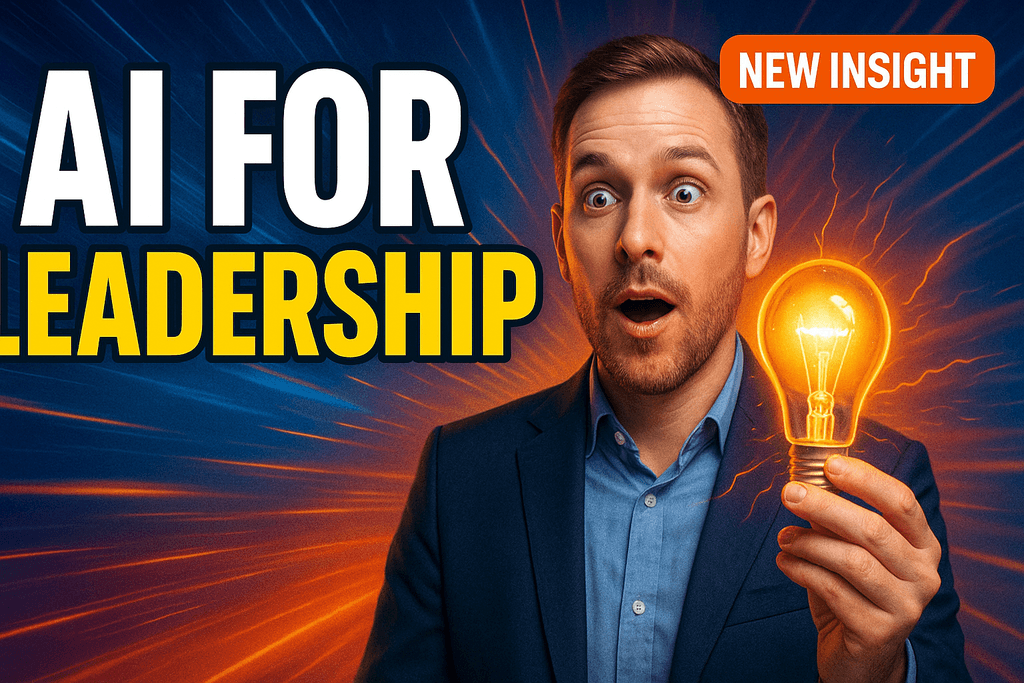

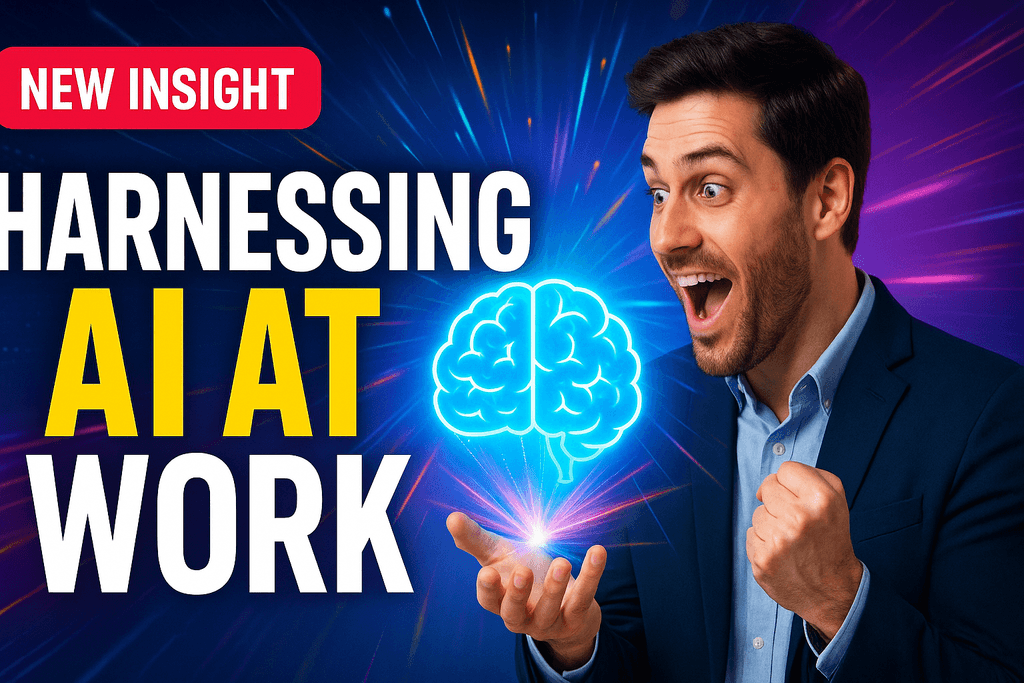
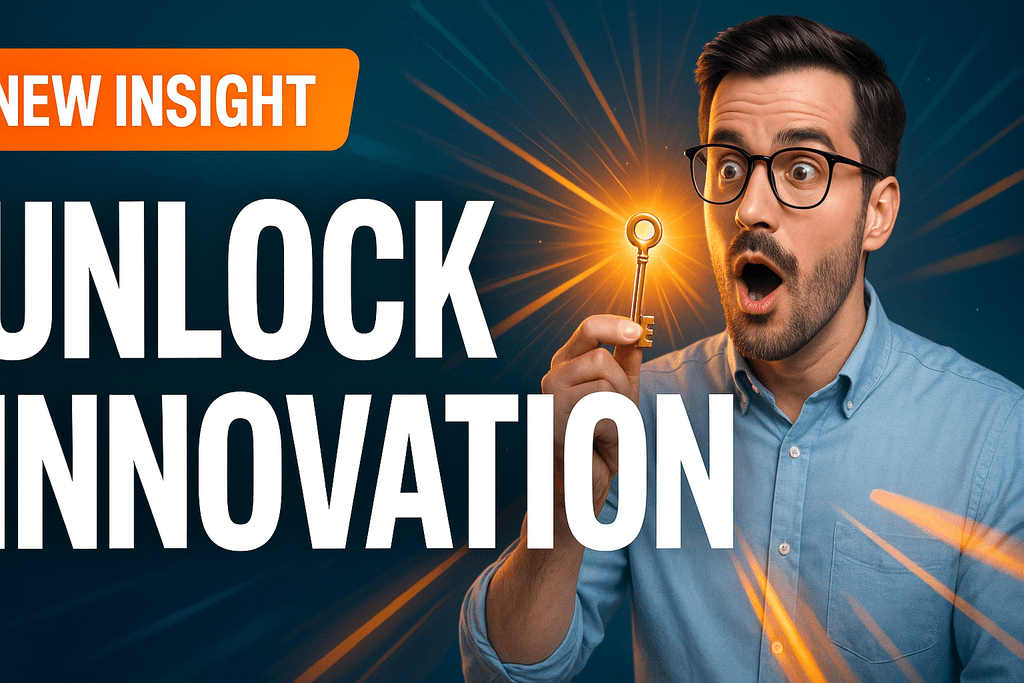
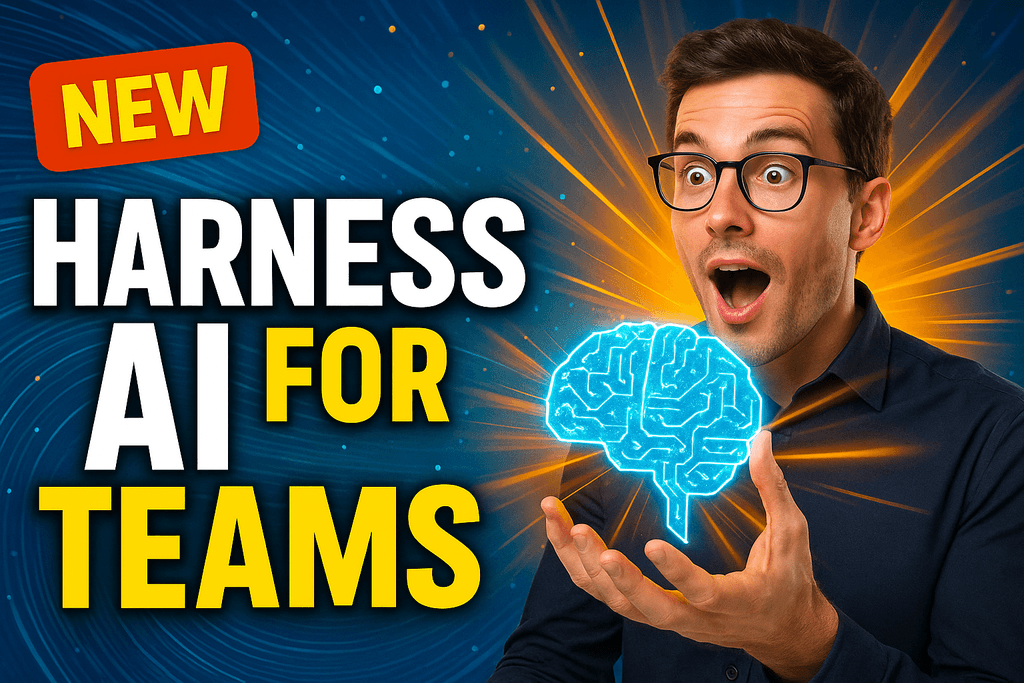
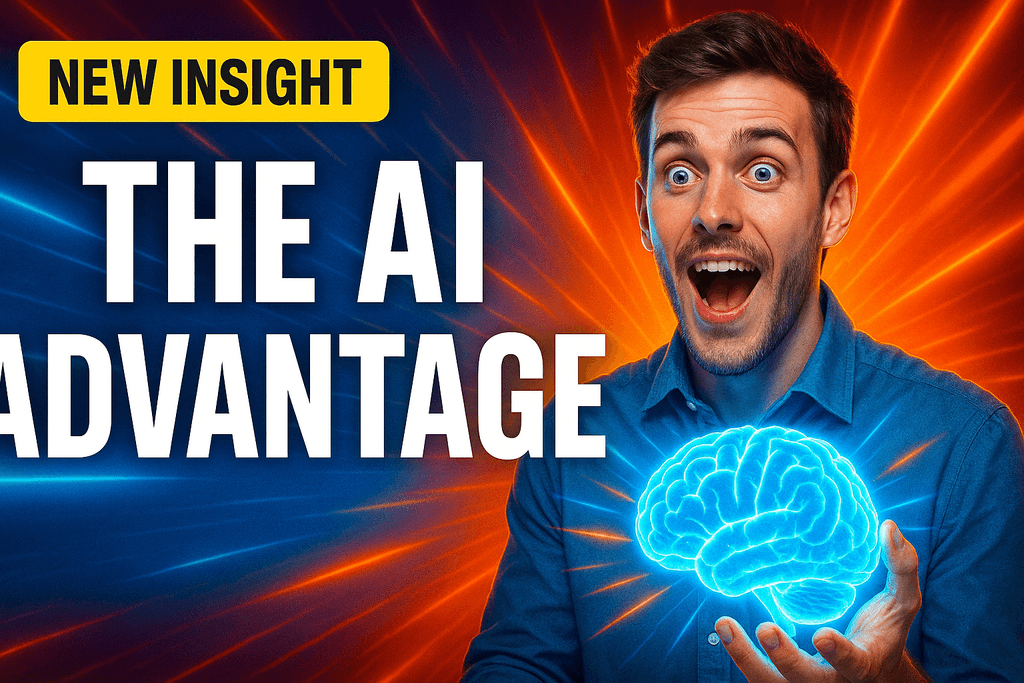

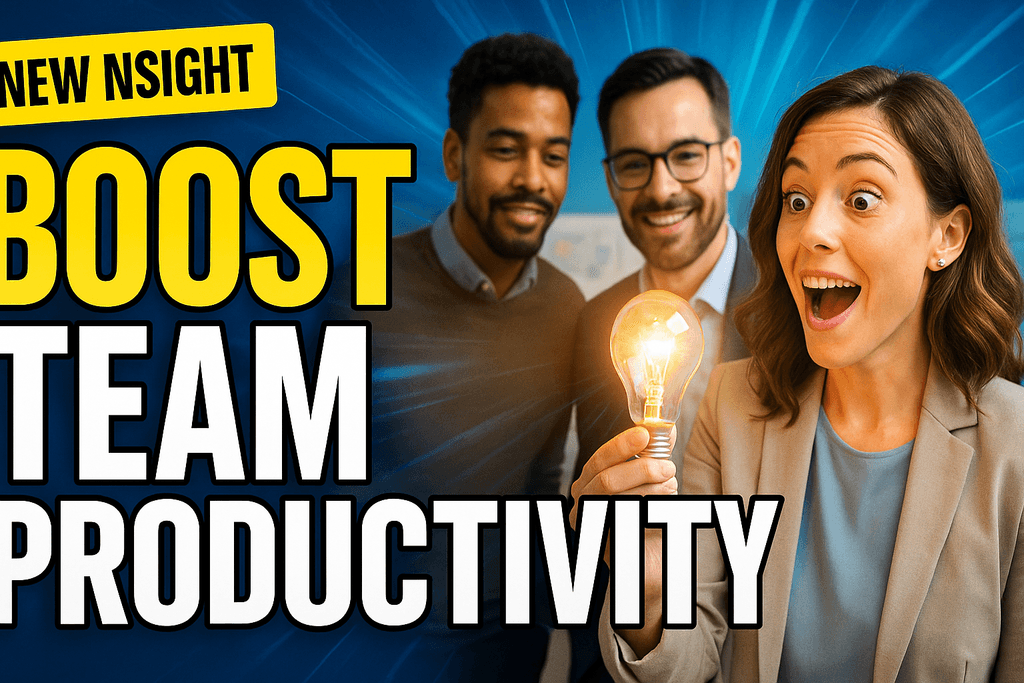








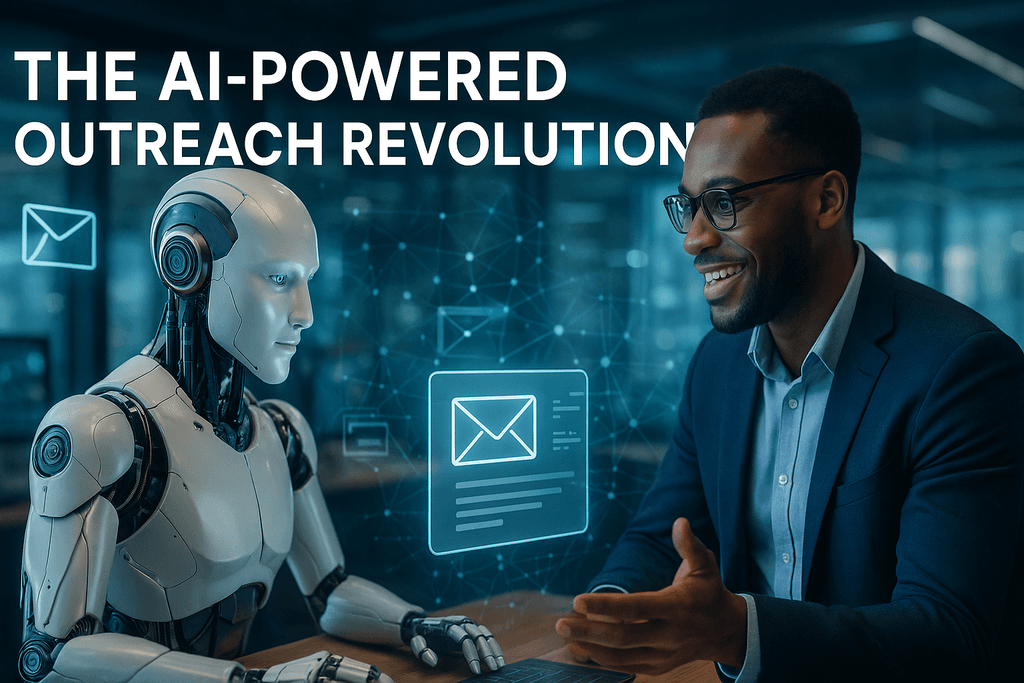
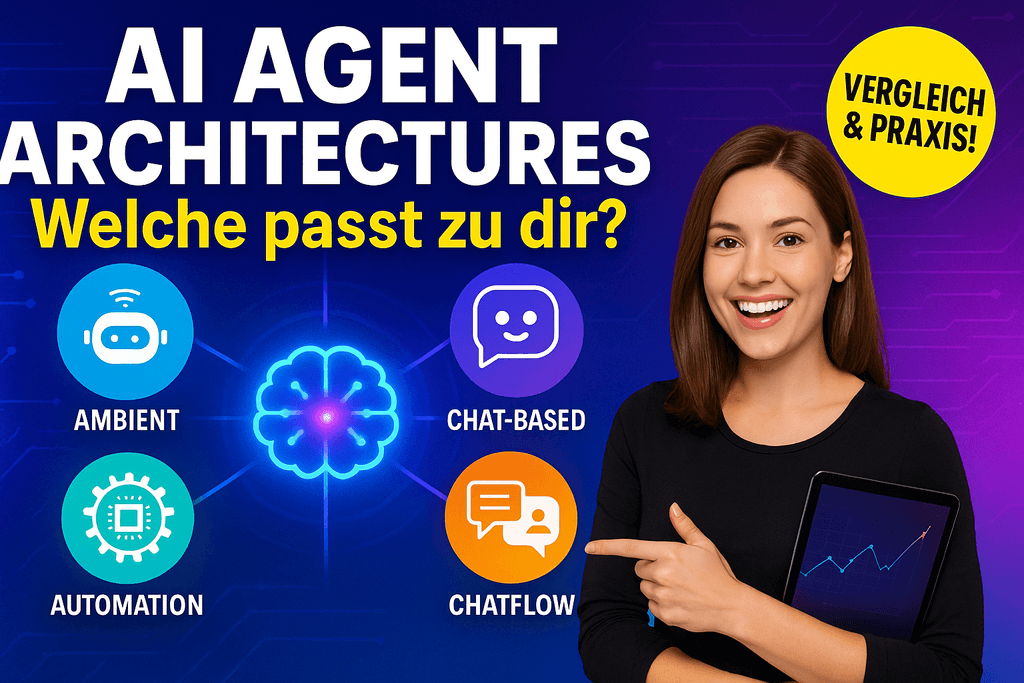

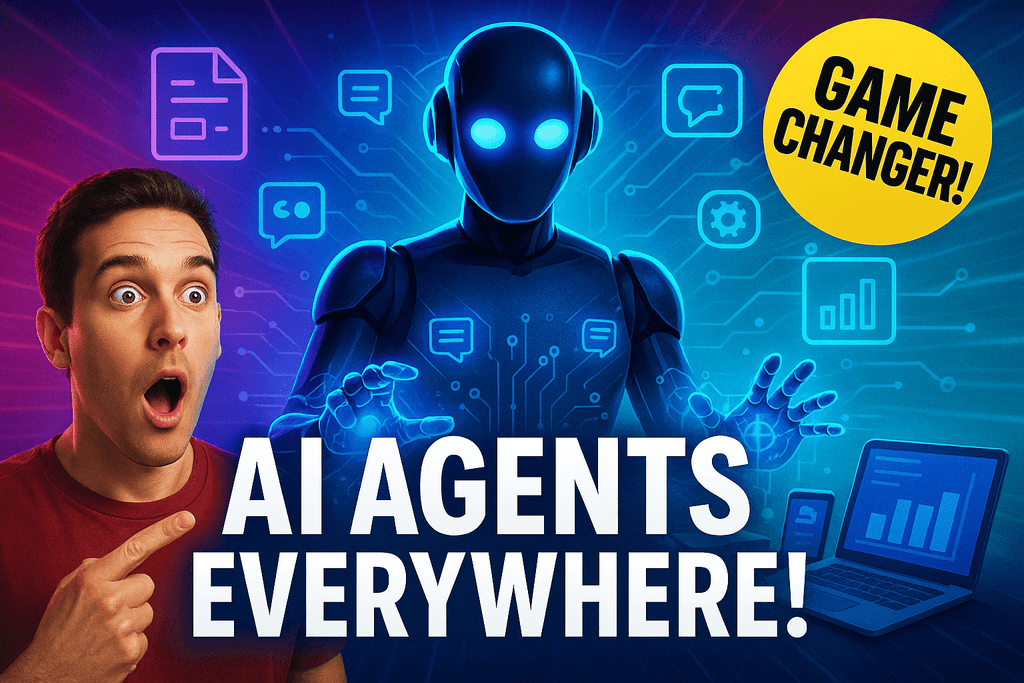
.png&w=1024&q=80)
